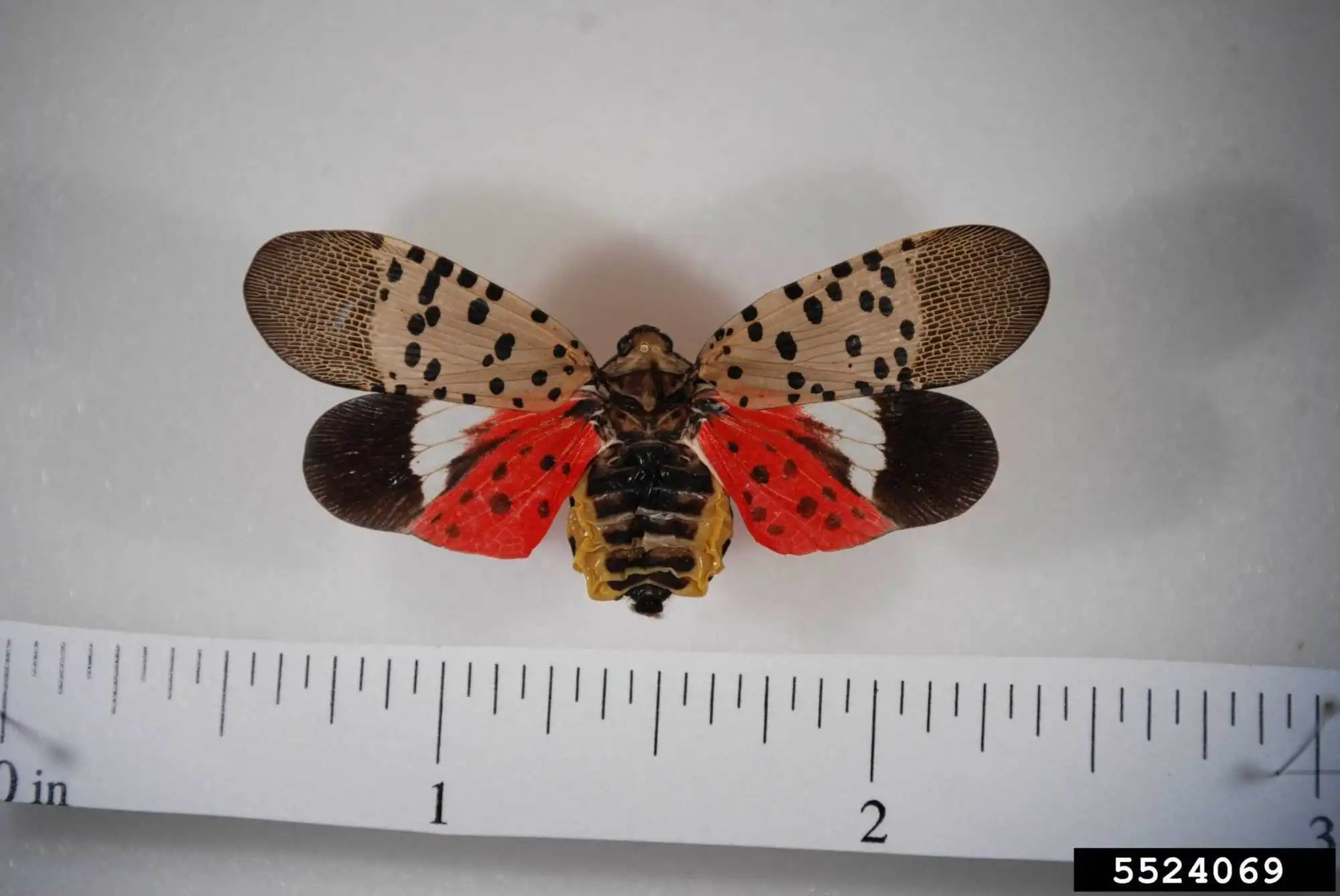
As a tree service company, we at Progressive Tree Service understand the severe threat that the spotted lanternfly (SLF - Lycorma delicatula) poses to the health and beauty of your trees. This invasive insect pest, native to Asia, has spread to at least 17 states since its initial detection in Pennsylvania in 2014. In Illinois, the first sighting occurred in Cook County on September 26, 2023, with more detections following after. A small population was found in Chicago's Fuller Park neighborhood, which has a large railyard, and two dead adults were also identified in the city. Our team of certified arborists and skilled tree climbers is dedicated to helping you protect your trees from this destructive pest.
Identifying the Spotted Lanternfly

The spotted lanternfly is an inch-long insect with distinctive black spots and bright red and yellow coloring. As a non-native species, it cannot travel long distances on its own and often relies on humans, cars, and trains for transportation.
| Life Stage | Identification |
|---|---|
| Egg Masses | Brownish-gray, waxy deposits on hard surfaces |
| Nymphs | Black with white spots, no wings, strong jumpers |
| Adults | Inch-long, black spots, bright red and yellow coloring |
How the Spotted Lanternfly Affects Your Trees
The SLF feeds on over 70 plant species, with the tree of heaven being its preferred host. However, SLF populations can thrive on many other plants and severely impact the health of various trees on your property, including:
- Maples
- Oaks
- Walnuts
- Poplars
- Willows
- Sycamore
- Liliac
- Pine
- Birch
- Fruit trees (apples, peaches, cherries, etc.)
By feeding on these trees, the SLF causes stress, making them more vulnerable to disease and other insect infestations. The insect also secretes a sticky honeydew substance that promotes the growth of sooty mold. Sooty mold can completely block photosynthesis, and large SLF populations can overwhelm trees, leading to branch dieback or even tree death.
Consequences of Untreated SLF Infestations
Failing to address a spotted lanternfly infestation on your property can lead to severe consequences for your trees and landscape:
- Weakened and stressed trees
- More vulnerable to disease and other pests
- Reduced ability to withstand adverse weather conditions
- Diminished aesthetic appeal
- Unsightly sooty mold growth on tree surfaces
- Branch dieback and potential tree death
- Increased tree maintenance and removal costs
- Weakened trees may require more frequent pruning and care
- Dead or hazardous trees may need to be removed, which can be costly
- Potential spread to neighboring properties
- Untreated infestations can spread to nearby trees and landscapes, exacerbating the problem
Quarantine Measures and Regulations
To slow the spread of SLF, quarantine measures and regulations have been implemented in affected areas. These measures typically restrict the movement of firewood, nursery stock, and outdoor items that could harbor egg masses or insects. For the most up-to-date quarantine information, consult your state's department of agriculture website. Compliance with these regulations and public cooperation are crucial in containing the infestation.
Our Comprehensive SLF Control Services
At Progressive Tree Service, we employ an integrated pest management approach to effectively control SLF infestations on your property. Our services include:
- Thorough property inspections
- Identify SLF life stages and assess infestation levels
- Evaluate overall tree health and potential risk factors
- Customized treatment plans
- Tailor strategies to the specific needs of your trees and landscape
- Utilize a combination of control methods for optimal results
- Targeted insecticide applications
- Apply eco-friendly products to minimize environmental impact
- Use contact insecticides for nymphs and systemic insecticides for adults
- Physical removal and proper disposal
- Remove and destroy egg masses, nymphs, and adults
- Follow proper disposal protocols to prevent further spread
- Tree care services
- Prune and maintain trees to promote health and resilience
- Provide guidance on cultural practices to support tree vitality
| Control Method | Description |
|---|---|
| Physical Removal | Crushing nymphs and adults, scraping egg masses into a container with hand sanitizer or rubbing alcohol |
| Insecticides | Targeted applications of contact insecticides for nymphs and systemic insecticides for adults |
| Biological Control | Research on potential natural predators or parasitoids to suppress SLF populations |
| Integrated Pest Management (IPM) | Combining cultural practices, physical removal, and targeted insecticide applications |
The Importance of Professional Tree Care in SLF Management
Proper tree care is essential in preventing and managing SLF infestations. Healthy, well-maintained trees are more resilient to pest attacks and can better withstand the stress caused by SLF feeding. Our certified arborists and skilled tree climbers have the expertise to:
- Assess tree health and identify potential vulnerabilities
- Develop and implement comprehensive tree care plans
- Safely and effectively apply control measures
- Monitor treatment progress and adjust strategies as needed
By working with Progressive Tree Service, you can be confident that your trees are receiving the best possible care to protect them from the spotted lanternfly and other potential threats.
What You Can Do to Help Control the Spotted Lanternfly
In addition to working with a professional tree service company, there are steps you can take to help control the spotted lanternfly on your property:
- Remove and destroy pests
- Crush nymphs and adults
- Scrape egg masses into a container with hand sanitizer or rubbing alcohol to kill them
- Check your vehicles
- Before leaving an area, inspect your vehicles, boat, camper, and outdoor articles for any life stages of the SLF
- Report sightings
- Contribute to the ongoing research efforts by reporting SLF sightings to the appropriate authorities. In Illinois, you can report sightings of the spotted lanternfly by sending an email to lanternfly@illinois.edu. If you want to doublecheck your findings or get more informed, the University of Illinois has a Spotted Lanternfly Factsheet published online.
Emerging Research and Management
The field of SLF research is rapidly evolving, with scientists and researchers working to improve monitoring and early detection methods, evaluate the effectiveness of various control techniques (including potential fungal pathogens), identify potential biological control agents, and develop predictive models to anticipate the spread and impact of SLF. Staying informed about the latest research and management strategies is essential for effectively controlling this invasive pest.
The spotted lanternfly is a serious invasive pest that threatens the health and beauty of your trees, but you don't have to face this challenge alone. At Progressive Tree Service, we are committed to helping you protect your trees and landscape from this destructive insect. Our comprehensive SLF control services, combined with our expertise in tree care, ensure that your trees receive the support they need to thrive. By staying informed, working with professionals, and taking proactive steps to control the spotted lanternfly, you can help safeguard your trees and preserve the beauty of your property. Don't wait until it's too late – contact Progressive Tree Service today to schedule a consultation and take the first step in protecting your trees from the spotted lanternfly.
Credits: Top Picture by Lawrence Barringer, Pennsylvania Department of Agriculture, Bugwood.org
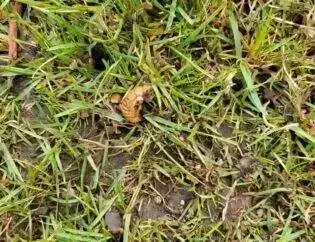
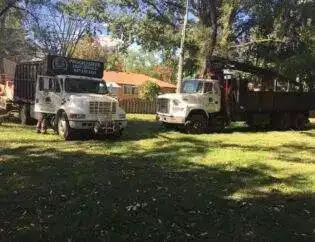
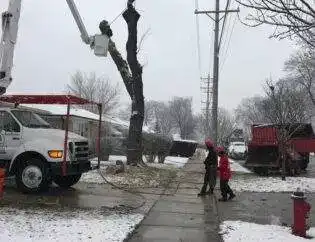
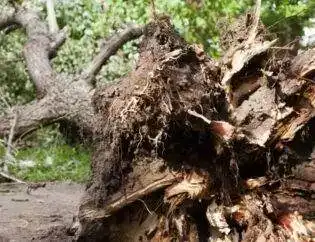
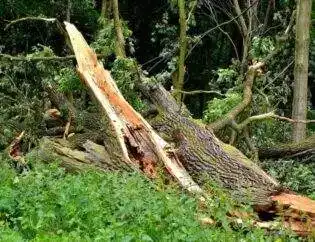

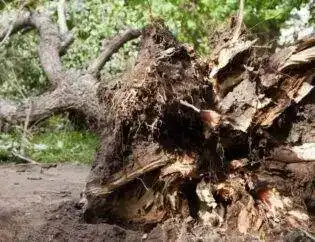
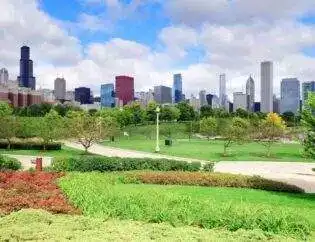
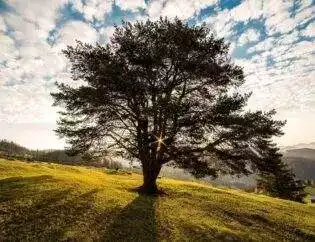
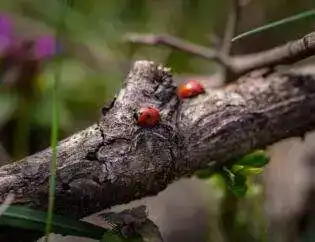
You must be logged in to post a comment.